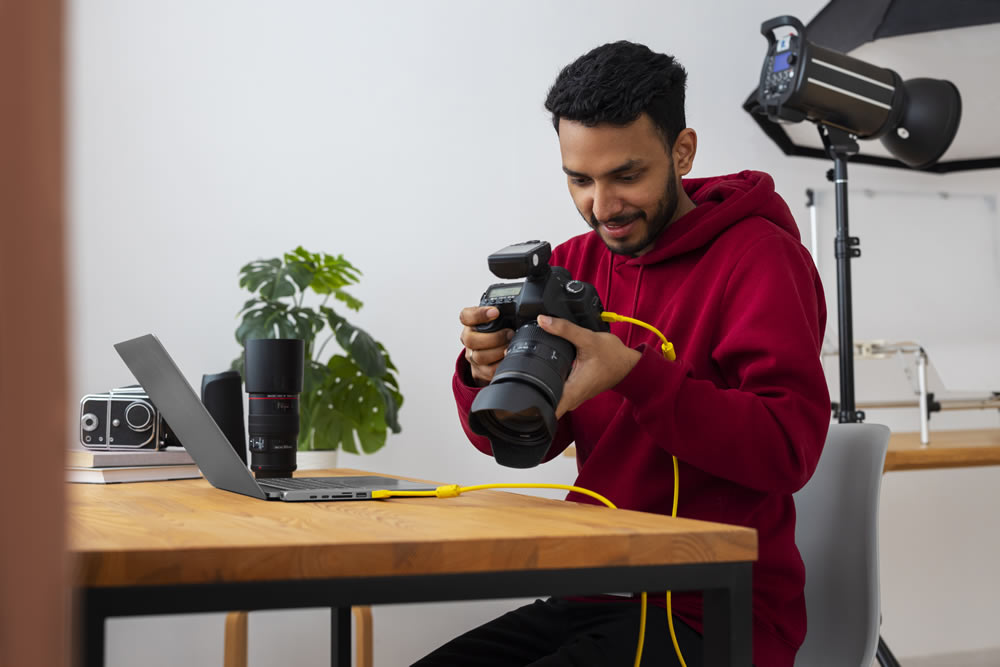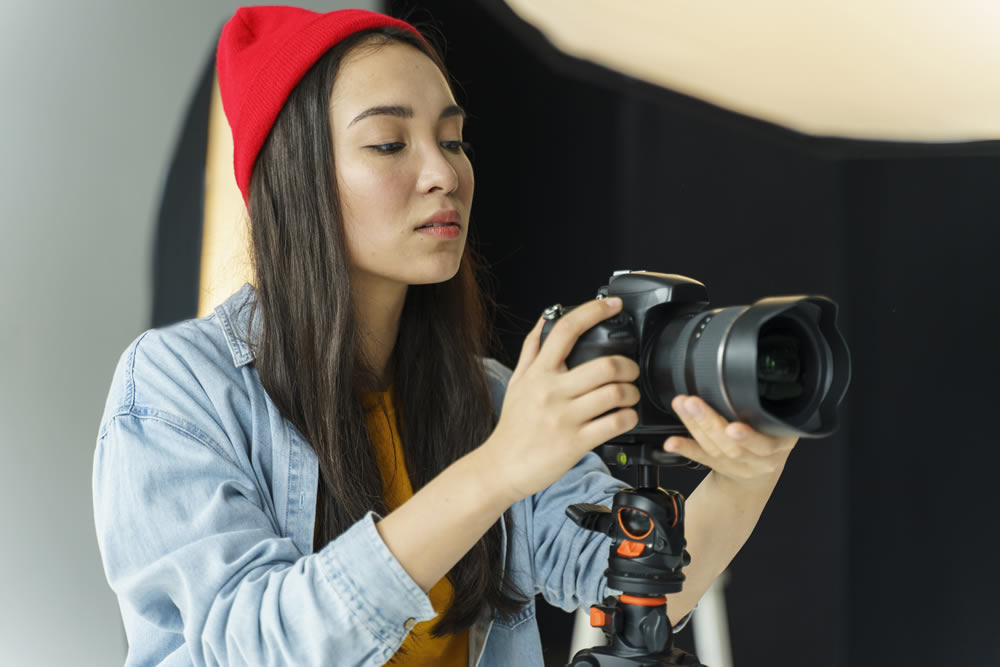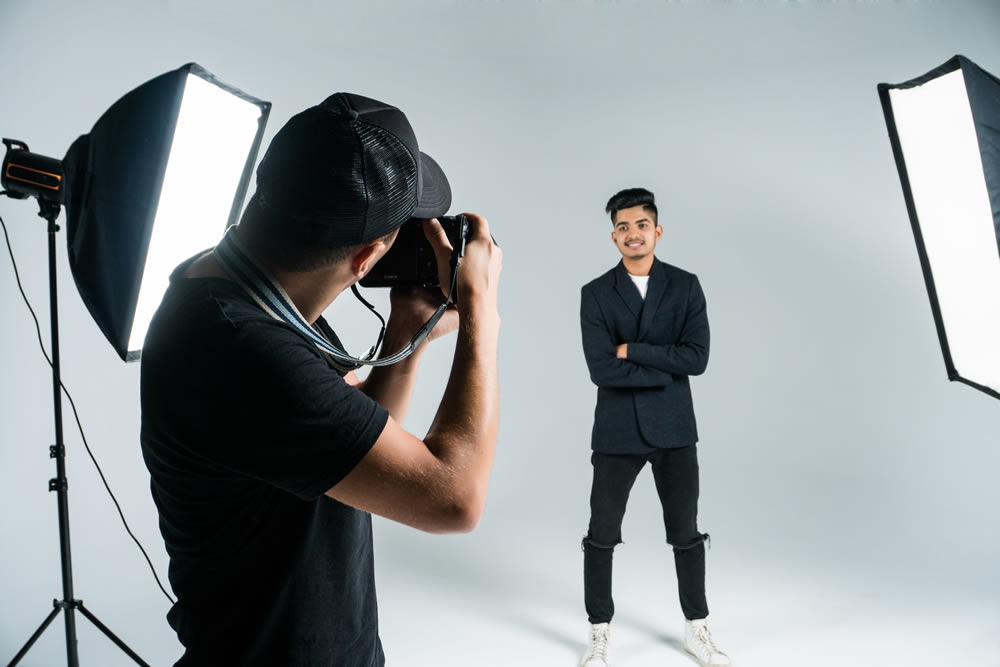When you’re hiring a commercial photographer, it’s essential to provide them with a clear and concise client brief. A well-crafted brief ensures that you and the photographer are on the same page, leading to successful collaboration and perhaps starting a reliable, creative relationship.
While commercial photographers are experts in their craft, they cannot be expected to know exactly what you’re looking for without direct instruction. They may ask for a particular brief along given formats, but it is important to ensure you know how to assemble one. Also, don’t cheap out. Use professional services with a tried-and-tested pedigree, familiar with several industries and your location, such as the best Toronto commercial photographer.

In this article, we’ll outline that process to help provide those tools:
Keep Your Brief Simple
A simple primer on your company and identity is a good place to start. You can provide essential details such as your company name, industry, and the purpose of the project in question. You don’t have to give your firm a full history, but showing other reference materials for your wider marketing campaign could help. Remember, brevity is key.
Provide An Overview Of Your Project
It helps if your photographer is given an outline of the project’s scope. What type of photography do you need? Are they product shots, lifestyle images, or corporate headshots? Do you need 360-degree photography to provide an easy-to-rotate image on your Amazon listing? How many variants do you need? If you’re unsure, stipulate that, and your photographer may help.
Consider Target Audience and Style
Describe your target audience for photography projects requiring a little creative input. Who are your common customers? What emotions or messages do you want the photos to convey, or should they be perfectly technical and clear in scope? A photographer will want to know if you need clean imagery that perfectly outlines your project or if this commercial photography is more about capturing an idea, a theme, or a message. Think about the difference between photographing products in-studio or covering an event.

Logistics and Timeline
Of course, part of hiring any creative or professional marketing vendor means understanding you can work to appropriate deadlines. They may quote you a schedule, but you may need to collaborate further on it. Agree to set deliverables if you need to send samples or products; factor that in. This will help them curate an appropriate quote, depending on your needs.
Technical Requirements
Discuss those important technical aspects. Do you need high-resolution images for print or web-ready files? Specify any preferred formats (JPEG, PNG, etc.). If you have specific dimensions or aspect ratios, mention those too. That might include photography that can be expanded for large posters or banners. This information lets your photographer manage color balance, dimensions, final rendering, and more.
Budget and Usage Rights
Be transparent about your budget. It helps the photographer tailor their services accordingly. It may also include revisions or alternations made for free. Also, discuss usage rights – where and how you plan to use the photos and how much full ownership and use of the photography will cost. Most commercial photographers will sell the full rights to their material but may ask permission for portfolios. It’s essential to agree before you move forward with the relationship.
With this advice, you will surely provide a fantastic brief to gain the best commercial photography in return.










